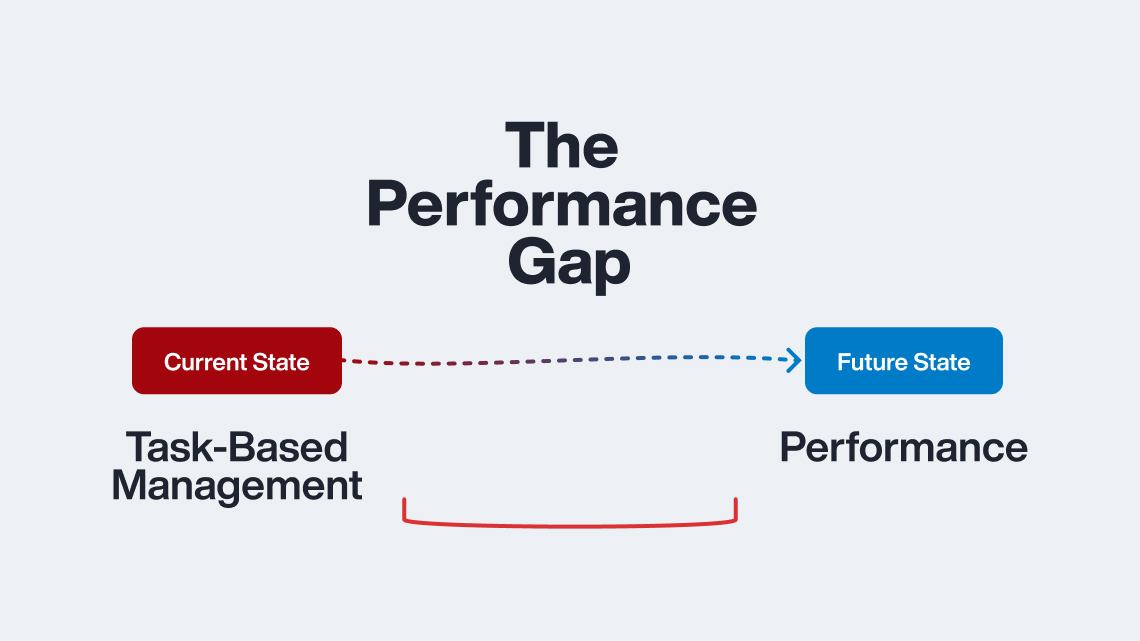Published on March 3rd, 2025
By Matthew Kaddatz
Understanding the financial performance of your property management business is critical if you want to stay compliant and profitable, especially in today’s real estate market. Back when I used to own and operate my property management company, I evaluated my accounting process performance metrics on a regular basis. By doing so, I was able to uncover inefficiencies and improve my accounting operations across the board.
If you’re not currently monitoring or evaluating your accounting process KPIs, then you may be unaware whether or not the current strategies you have in place are working, making the wrong decisions, or missing out on growth opportunities. Not to mention, when you don’t have a clear picture of your financial performance, it opens your business and clients up to potential losses and risk — something we all want to avoid.
In part two of our accounting and reporting educational series, I’m going to share four critical accounting process KPIs you should track and why, and how you can use the latest accounting tools to save time, make better decisions, and improve cash flow.
While this article contains helpful information, I am not providing legal advice and you should consult a qualified tax attorney for any specific questions about your accounting processes or taxes.
Process KPI #1: Online Rent Collection
Goal: Every property manager should strive for 100% online rent collection. These payments should be made on-time and online.
Probably one of the most business-critical KPIs you should be tracking is online rent collection. If you don’t currently have online payments, then you should seriously consider adopting a property management software that has them built into the platform. Why? Because according to NMHC 72% of renters are less than 45 years old. They are accustomed to using digital tools to perform many of their daily tasks, and paying their rent is no exception. Additionally, over the past two years, the pandemic has made the need for online payments essential.
Online payments benefit everyone — property managers, owners, and vendors — since they move money faster and easier than traditional methods. When you have online payments you can speed up the downstream processes, like paying owners and vendors since you’ll be getting money into your bank account sooner. Online payments also save time, as property managers no longer have to collect and process checks or cash payments manually. By encouraging your customers to pay rent online, you will benefit from more rent collected overall and more internal efficiencies.
Twelve years ago when I was running my business, I transitioned to online rent payments and saw the benefit almost immediately. In some communities we saw a 30% improvement in on-time payments when we switched to online payments.
Knowing that online rent collection is key to the success of your business, you need a platform with a purpose-built payment portal to make the change from writing paper checks to paying their rent online as easy as possible. Below is a list of things you should pay attention to once you’ve transitioned to online payments:
- Is the tool you offer safe, accessible, and mobile-friendly? Can renters log on from their desktop or their phone to securely pay their rent?
- Has a renter made at least one payment online via their preferred method?
- Are they using the online payment options consistently, setting up recurring payments?
- Is the renter having a good experience using the online tool? Is it easy and intuitive? If the first impression is a good one, they will continue to use the platform consistently. If not, you may see them resort back to paying by check to avoid the hassle of poor technology.
Process KPI #2: General Rent Collection
Goal: Consistent rent payments > 95%.
This process KPI is an extension of online rent collection, but encompasses all rent collection (online and offline). 100% rent collection is difficult to do, but it depends on the demographics of your properties. So it’s important to understand who your renters are and if they are open to adopting online options. In short, you should always aim to have consistent rent payments and more than 95% collected every month consistently. While online rent collection is definitely preferred, having a mix of both online and offline rent collection methods is better than no online rent collection at all.
The kinds of rent collection processes you have in place can also impact your ability to attract new business. For instance, owners ultimately choose property management companies to manage their investments based on rent collection history and if the business is reaching their rent collection goals consistently, among other things. When I was running a property management business, I was able to attract new owners because of a strong track record of high rent collection.
The best way to drive rent payments — outside of moving as much online as possible — is to be consistent. This starts from the beginning with deciding on what types of rental applicants you will or won’t accept. You need a consistent criteria, clear delinquency policy, and late fee policy if you want to ensure your payments are on-time and in full. Using a property management system that has built-in tenant screening can enable you to create a preset leasing criteria, so every applicant goes through the same process every time.
Additionally, you should always practice fairness to everyone and make no exceptions to your criteria or policies — otherwise this could lead to risk or lawsuits. A good rule of thumb is to follow all Fair Housing Laws and to stay up to date on any housing law changes that may have occurred in your state or local jurisdiction.
When it comes to technology, a system with automated payment reminder notifications and late fees can instantly increase your on-time payments and mitigate risk.
Process KPI #3: Bank Reconciliations
Goal: 100% accuracy in the numbers.
The third KPI you should monitor is bank reconciliations. When you reconcile your property management bank accounts, everything should match dollar for dollar in your software. It’s incredibly important to ensure you have accuracy, or else you could open your business up to an audit.
One of the things I found most important in my accounting workflows each year was to reconcile and tie funds to each individual property owner — it made things a lot clearer and helped me to stay compliant within my local real estate bureaus. By doing reconciliations that tie to owners and banks (aka Triple Tie Out), it shows that the funds are being held clearly and transparently. All bank accounts that are trust accounts should be done in this manner — 100% of the time and on a monthly basis.
If you have disjointed systems or use spreadsheets to reconcile your accounts the process of reconciliation can be more challenging and cost your team more time. Adopting a solution that offers bank reconciliation and diagnostic reports can help you quickly run reports and ensure all of your numbers align.
Process KPI #4: 1099s
Goal: On-time filing of all 1099s.
Preparing and sending 1099s to property owners and vendors is extremely important as it’s a requirement of running a business. If you dread this task year after year, you’re not alone. Many find it to be cumbersome and error-prone. Plus, if you’re late on filing them to the IRS you could face some hefty fines — up to $100 per 1099 in some cases.
There is a huge value in preparing 1099s digitally and to have accompanying reports, because it saves time and increases accuracy. By switching to a digital system to prepare 1099s, you can save hours per year on accounting and ensure you can have everything you need to file with the IRS on time.
Keep a close eye on the accounting process KPIs I mentioned in this article to increase efficiencies and reduce risk for your business. And if you’re still using limited or disjointed solutions to handle your accounting workflows, then consider going digital and embracing automated tools like I did. To learn more about how you can overcome common accounting challenges and save time, download this free guide.










People Tech SOFT
—
Accounting KPIs are well explained.